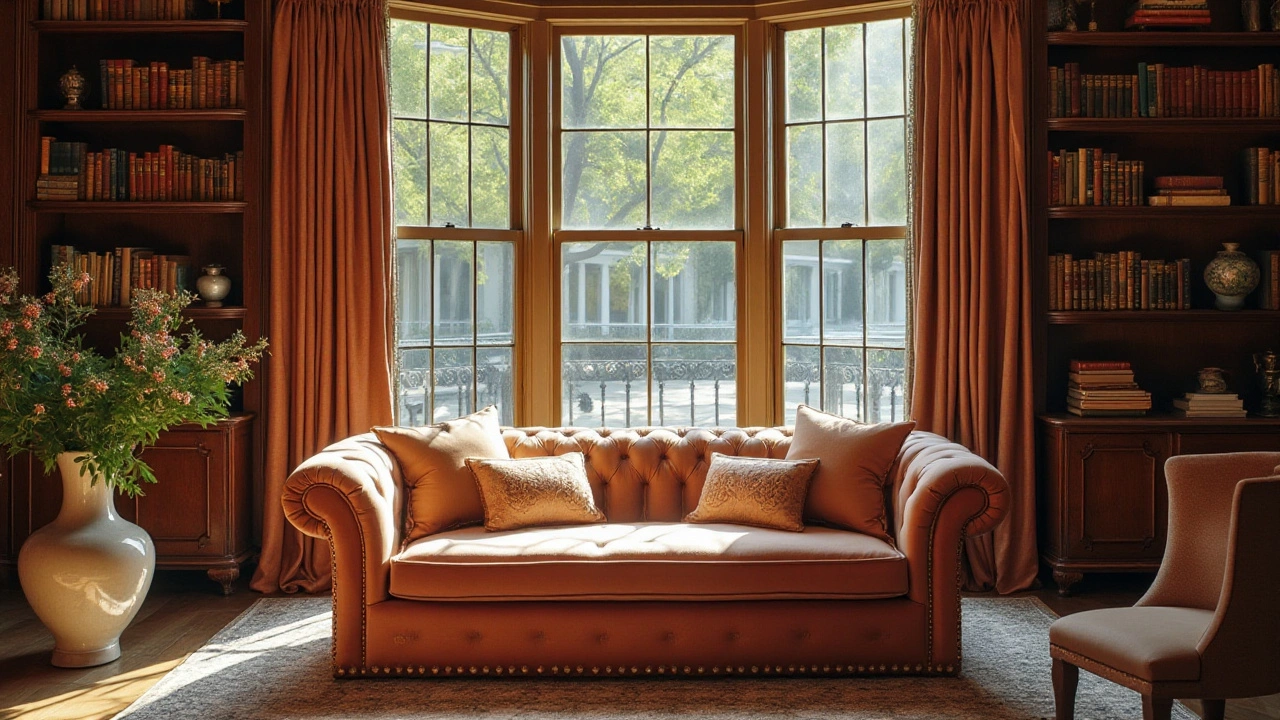Buying Sofas Made Simple: What You Need to Know
Scrolling through endless sofa options can feel overwhelming. The good news is you don’t need a designer degree to pick a good one. Focus on three basics: durability, size, and comfort. Nail those and you’ll avoid buyer’s remorse.
Durability: What Stands Up to Real Life
Kids, pets, and daily lounging put a lot of stress on a sofa. The frame is the foundation, so look for solid hardwood—oak, ash, or maple are top choices. Avoid particleboard; it will start to creak after a few years.
Springs matter too. Eight-way hand-tied springs are the gold standard, but high-quality sintered steel coils work well and cost less. For cushions, high‑density foam holds its shape longer than cheap polyester fill. If you love leather, pick top‑grain leather; it ages nicely and scratches less than full‑grain.
Size and Layout: Make It Fit Your Space
Measure the room first. A common mistake is buying a sofa that blocks traffic flow. Leave at least 30 cm (about a foot) between the sofa and walls or other furniture. Use the “three‑seat rule”: a three‑person sofa should be roughly 200 cm (78 in) long, but scale down for smaller rooms.
When you pair a sofa with a TV, the ideal viewing distance is about 2.5 times the screen’s diagonal. So a 55‑inch TV works well with a sofa placed 3.5‑4 m (11‑13 ft) away. This keeps eyes comfortable and the room balanced.
If you have a corner sofa, arrange cushions to create a cozy zone. Place the biggest pillows at the back and smaller decorative ones forward. This not only looks good but also adds extra support where you sit most.
Don’t forget the rug. A rug under the coffee table can anchor the space, but make sure the sofa’s front legs sit on the rug for a cohesive look. If you’re unsure, try laying the rug on the floor first and walk around to see how it feels.
Finally, test the sofa in person if you can. Sit down, lean back, and check the lumbar support. If it feels too soft, ask the retailer about firmer cushion options. A good sofa should feel supportive but still let you sink in a little.
With these tips—solid frame, smart size, and real‑world comfort—you’re ready to shop confidently. Happy sofa hunting!
Is a $2000 Sofa Worth the Investment? Essential Insights Revealed
Deciding whether to spend $2000 on a sofa requires assessing factors such as quality, durability, design, and personal lifestyle. A costly sofa can offer luxury and longevity, but it may not always align with everyone's budget or needs. This article explores the real value behind such an investment, providing tips on what to look for when shopping for a high-end piece. Considerations include material choices, brand reputation, and how often you plan to use the sofa. Learn about the potential pros and cons to determine if this expense is justified for your home.
More
